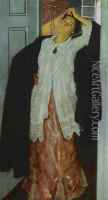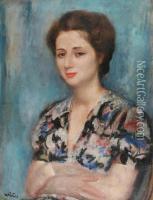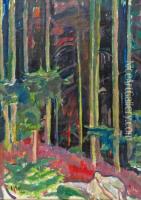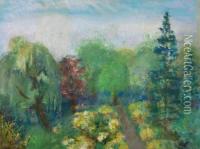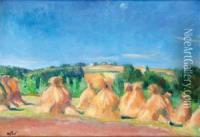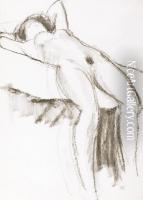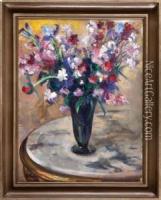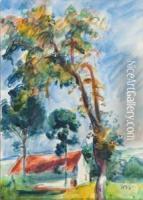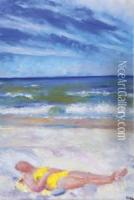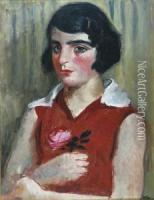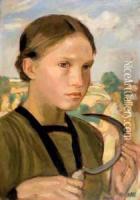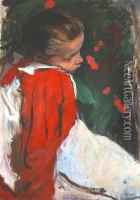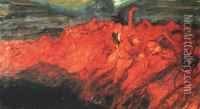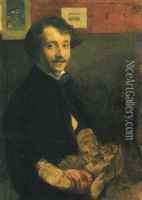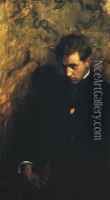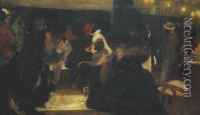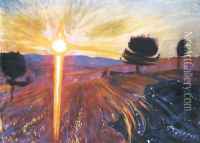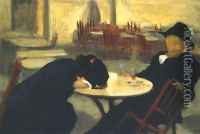Wojciech Weiss Paintings
Wojciech Weiss was a prominent Polish painter and artist, born on 4 May 1875 in Leorda, a village in Bucovina, then part of the Austro-Hungarian Empire and now in Romania. Weiss was best known for his contribution to the Young Poland movement, which sought to reflect the modernist spirit of the early 20th century in Polish art and culture.
Weiss began his artistic education at the School of Fine Arts in Kraków in 1890, where he studied under renowned Polish artists such as Jan Matejko and Jacek Malczewski. His early work was heavily influenced by Symbolism and Art Nouveau, and he was particularly known for his portraits and landscapes that conveyed a deep sense of emotion and often included elements of Polish folklore and mysticism.
Throughout his career, Wojciech Weiss demonstrated a remarkable versatility, exploring different styles and mediums. He was not only a painter but also worked in graphic arts and was a respected art teacher. From 1912 to 1913, he served as a professor at the Academy of Fine Arts in Kraków, where he influenced a new generation of Polish artists.
During the interwar period, Weiss's work evolved to include more abstract elements, and he became interested in the psychological aspects of art, which was reflected in his portraits and self-portraits. His later work showed an increased focus on color and form, which some art historians see as a precursor to more abstract movements in Polish art.
Wojciech Weiss was a significant figure in Polish modern art until his death on 7 December 1950 in Kraków. His legacy includes a rich body of work that continues to be celebrated for its contribution to the development of Polish art and for its embodiment of the spirit of the Young Poland movement. His paintings can be found in museums, galleries, and private collections in Poland and around the world.
